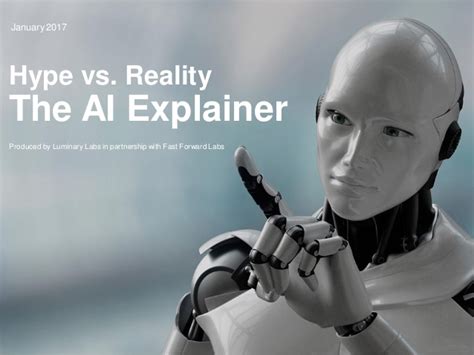The swirling excitement around AI and its various manifestations has reached a fever pitch, especially with the introduction of advanced tools like ChatGPT-4. However, as we delve deeper into the discourse, it becomes clear that many are beginning to question whether the widespread enthusiasm is proportionate to the actual technological advancements. The notion that AI can achieve human-level intelligence remains a contentious topic, with opinions diverging significantly on what constitutes ‘intelligence’ in the first place. It’s evident from the discussion threads and user experiences shared across several platforms that while AI can outperform humans in specific tasks, claiming that they possess true human-like intelligence is a stretch.
One of the key points made in the discussion is the idea that AI doesn’t need to surpass the best human capabilities to be transformative. It only needs to be comparable to an average human performing mundane tasks to revolutionize industries. This concept has tangible implications in various sectors, from banking—where ATMs have largely replaced tellers—to customer service, where chatbots and automated systems are increasingly commonplace. Yet, users have voiced their concerns about the quality of these AI-driven experiences. For instance, scanning a QR code at a restaurant for service, though technologically innovative, often lacks the personal touch that consumers still crave.
The incremental advancements in AI over the last decade cannot be overlooked. However, the debate often hinges on what exactly we mean by ‘intelligence’. Some argue that the ability of AI to process vast amounts of data and provide coherent responses does not equate to human-level cognitive abilities. Developers and tech enthusiasts have noted the limitations of AI when it comes to tasks requiring genuine understanding and creativity. For instance, ChatGPT and similar models can generate code or write convincing text, but they also produce errors and ‘hallucinations’—outputs that seem plausible but are incorrect or nonsensical. This underscores the fact that while AI can simulate human-like responses, it lacks the depth of understanding and consistency found in human cognition.
Economic and societal implications are also significant considerations. The fear is that widespread automation driven by AI could render many jobs obsolete, particularly those involving repetitive, routine tasks. This could lead to increased unemployment and necessitate structural changes in the economy. Some suggest Universal Basic Income (UBI) as a potential solution to support those displaced by automation, but these ideas still face considerable debate and skepticism. Furthermore, the shift towards AI-driven processes might exacerbate social inequities, leaving those without access to advanced education and technology at a distinct disadvantage.
Moreover, the discourse around AI often neglects the practical issues of implementation. Building and maintaining effective AI systems require significant investment in infrastructure, training, and ongoing development. While large tech companies may have the resources to manage such investments, smaller enterprises could struggle to keep up, creating a technological divide. Discussions among developers often highlight the need for better infrastructure to support AI tools, as current systems sometimes fail to deliver beyond basic functionalities. For example, when using AI for software development, prompt sizing and context management become critical challenges that current technologies are not yet fully equipped to handle.
In summary, while AI represents a crucial technological frontier with the potential to drive significant change, it’s essential to temper expectations with a grounded understanding of its current capabilities and limitations. The excitement must be coupled with critical scrutiny and realistic appraisals to ensure that advancements in AI lead to meaningful, equitable, and sustainable progress.
For those looking to stay informed and engaged in the evolving landscape of AI, resources such as arXiv offer a plethora of academic papers and insights. Additionally, keeping an eye on relevant discussions on platforms like GitHub can provide practical perspectives from developers who are in the trenches of AI innovation. Remember, technology progresses through balanced optimism and informed skepticism.


Leave a Reply